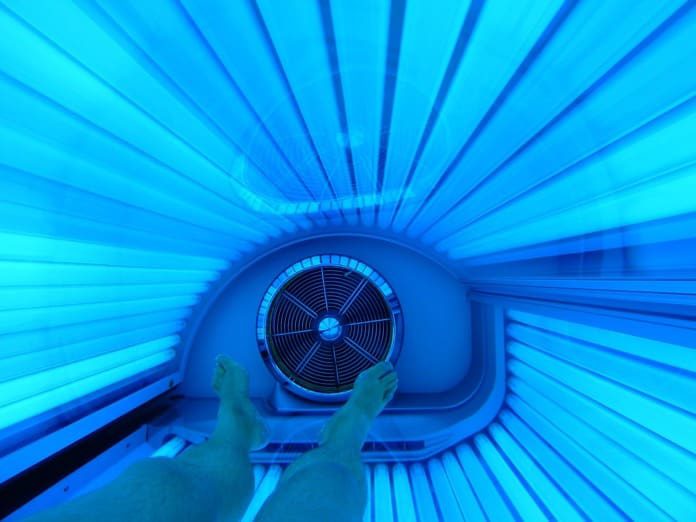Researchers investigated whether tanning and skin cancer risks are regularly evaluated in indoor tanners, as recommended by government health organizations.
Skin cancer has been on the rise in the United States. Almost five million people are diagnosed with skin cancer every year. Detecting skin cancer early increases the rates of survival, thus, regular screening is recommended for those at a high risk of developing skin cancer.
High-risk groups include indoor tanners that are exposed to ultraviolet (UV) radiation repeatedly. It is well known that indoor tanners are at a much higher risk of melanoma and keratinocyte skin cancers.
In 2014, the US Food and Drug Administration (FDA) made it mandatory to have warning labels and risk acknowledgement certificates for indoor tanning. This warns users that they would be exposed to UV rays, and regular checkups for skin cancer are necessary. Yet, these warnings have not been well publicized. Previous research has shown conflicting data on indoor tanning and skin cancer screening rates.
Researchers in the United States investigated the rates of skin cancer screening in indoor tanners and non-tanners and the factors that affect these rates. This recent study was published in JAMA Dermatology.
For the study, researchers used survey data from the 2015 National Health Interview Survey from 30,352 American adults. The researchers used statistical analysis to analyze the responses from the participants. Indoor tanning was categorized as the use of sunlamps, sunbeds, or tanning booths.
Only a small percentage of tanners had been screened
From the data, the researchers found that 30.18% of indoor tanners and 19.53% of non-tanners had been screened for skin cancer at the time of the survey. The authors note that this is a small percentage of indoor tanners, and it is nowhere close to the FDA recommendations. Still, it showed that indoor tanners were more likely to get screened for skin cancer compared to non-tanners.
They also found that indoor tanners were getting screened at a younger age than non-tanners. Interestingly, the majority of those that were screened had used indoor tanning facilities more than 12 months prior to the screening.
More severe warnings and regulations are possibly needed
The results of this study emphasize the need for increased resources to promote skin cancer screening. The authors suggest that more severe warnings and regulations should be implemented for indoor tanning salons and devices. Their findings also indicate that skin cancer screening should be made more accessible in the healthcare system, especially for those with a lower income.
The authors urge that sunscreen use should be emphasized while indoor tanning should be discouraged. Skin is our largest organ, and more care should be put into taking care of its health.
Written by Alena Kim, HBSc
Reference: Heckman, C. J., Handorf, E. & Auerbach, M. V. (2018). Prevalence and Correlates of Skin Cancer Screening Among Indoor Tanners and Nontanners, JAMA Dermatology, E1–E7. http://doi.org/10.1001/jamadermatol.2018.0163



